Barium Tungsten Electrode for Industrial Inspection
- Details
- Published on Monday, 28 April 2025 17:33
- Hits: 256
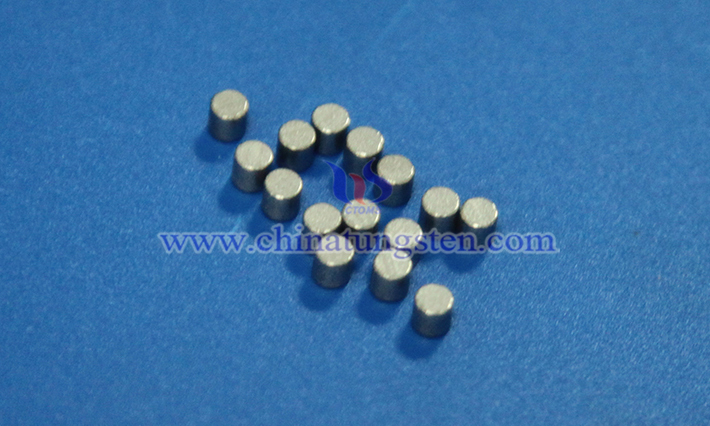
Barium tungsten electrode is an electrode material with tungsten as the matrix and doped with barium or barium compounds, which combines the high melting point, high hardness of tungsten and the low work function characteristics of barium. This electrode has potential application value in the field of industrial inspection due to its excellent electron emission performance and arc stability. Industrial inspection involves multiple fields such as non-destructive testing, material analysis, and semiconductor manufacturing. Barium tungsten electrodes can provide high-precision and high-efficiency solutions in these scenarios.
Barium Tungsten Electrodes for Medical Aesthetic Light Sources
- Details
- Published on Monday, 28 April 2025 17:30
- Hits: 240
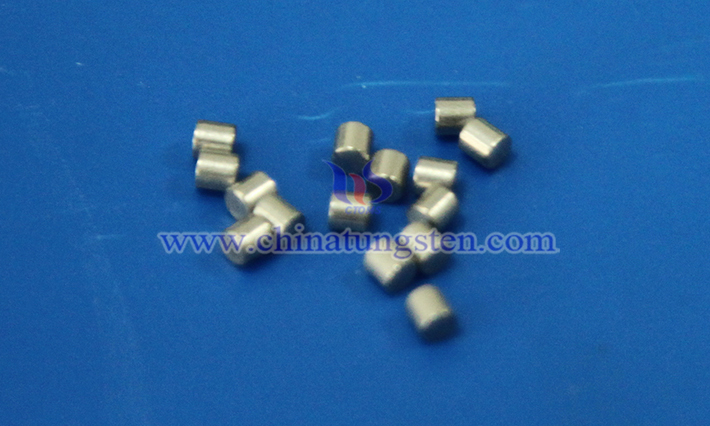
Barium tungsten electrodes, as core components of medical aesthetic light sources, play a pivotal role in enhancing equipment performance and ensuring treatment safety, thanks to their unique physicochemical properties. Their technological advantages are directly linked to the stability, efficiency, and service life of light sources, making them an indispensable part of modern medical aesthetic technology.
Barium Tungsten Electrode for Traveling-Wave Tube
- Details
- Published on Monday, 28 April 2025 17:29
- Hits: 252
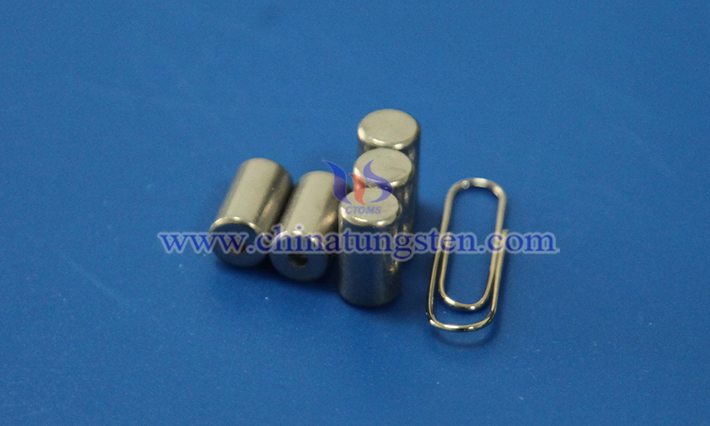
The Traveling-Wave Tube (TWT) is a vacuum electronic device used for amplifying microwave signals, widely applied in scenarios requiring high-power and wide-bandwidth signal amplification. The barium tungsten electrode, as the core cathode material in the electron gun of the TWT, provides a stable electron beam by efficiently emitting electrons.
Barium Tungsten Electrodes for Magnetrons
- Details
- Published on Monday, 28 April 2025 17:26
- Hits: 253
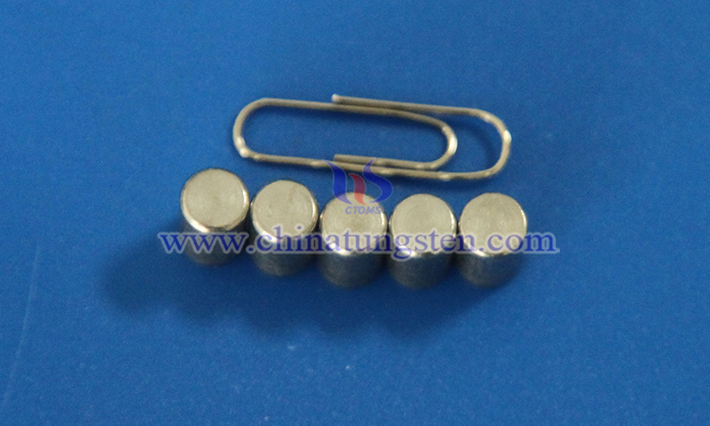
A magnetron is a vacuum electronic device that utilizes alternating electromagnetic fields to control electron motion, thereby generating high-power microwaves. One of its critical components is the cathode electron emission source. As a typical cathode material for magnetrons, barium tungsten electrodes play a pivotal role in microwave generation systems due to their unique physical properties.
Barium Tungsten Electrode for Klystron
- Details
- Published on Monday, 28 April 2025 17:24
- Hits: 235
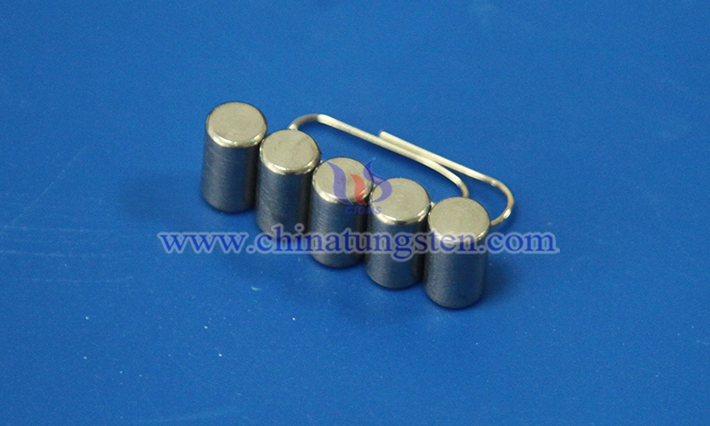
A klystron is a vacuum electron device used for microwave amplification and oscillation, widely applied in radar, communication, and particle accelerator fields. The barium tungsten electrode is commonly used as the cathode in klystrons due to its excellent electron emission performance.
Barium Tungsten Electrodes for Microwave Vacuum Devices
- Details
- Published on Monday, 28 April 2025 17:22
- Hits: 243
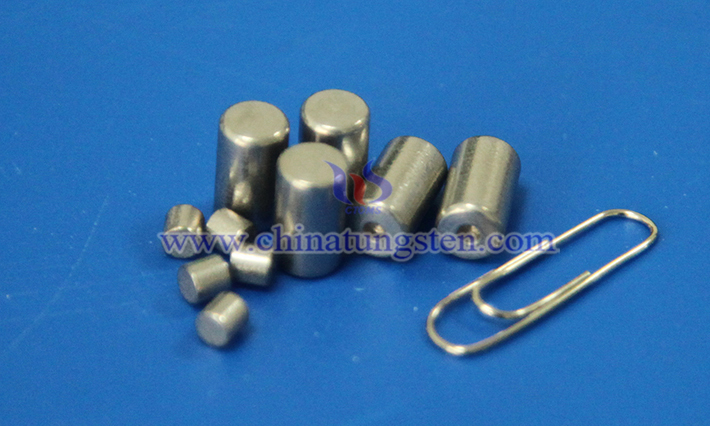
Barium tungsten electrodes are widely used as hot electron emission cathodes in microwave vacuum devices due to their excellent electron emission performance and stability. They are particularly suitable for high-power, long-lifespan microwave devices such as klystrons, traveling-wave tubes, and magnetrons.
Barium Tungsten Electrode for Microwave Tubes
- Details
- Published on Sunday, 27 April 2025 18:50
- Hits: 262

As a core component for high-power microwave signal amplification, microwave tubes are widely used in radar systems, satellite communications, electronic warfare, and other fields. Their performance directly depends on the electron emission capability and stability of internal electrode materials. Leveraging its unique material properties, the barium tungsten electrode has become a critical component for enhancing microwave tube efficiency, particularly demonstrating significant advantages under high-frequency and high-load operating conditions.
Barium Tungsten Electrodes for Microwave Devices
- Details
- Published on Sunday, 27 April 2025 18:48
- Hits: 257

The barium tungsten electrodes are primarily used as thermionic emission cathodes in microwave devices, widely applied in various microwave vacuum devices such as magnetrons, klystrons, and traveling wave tubes. These devices play critical roles in radar systems, communication technologies, and electronic countermeasure systems. By releasing free electrons at high temperatures, barium tungsten electrodes enable the oscillation and amplification of microwave signals, fulfilling the stringent requirements of high-frequency, high-power applications.
Barium Tungsten Electrodes for Laser Mercury-Pumped Light Sources
- Details
- Published on Sunday, 27 April 2025 18:46
- Hits: 268
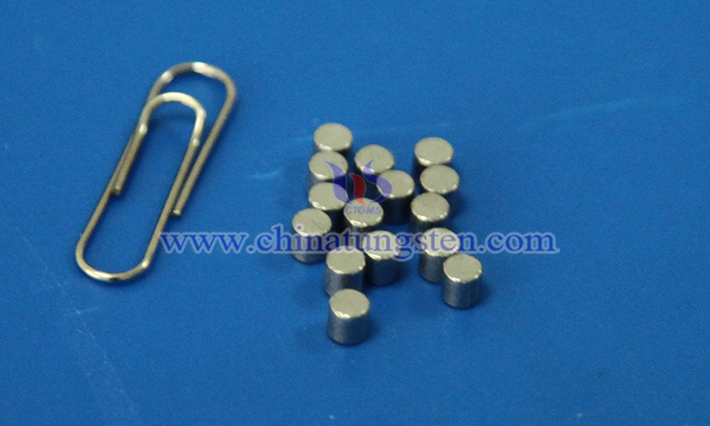
Barium tungsten electrodes are one of the core components in laser mercury-pumped light sources, whose performance directly determines the efficiency of mercury vapor discharge and the stability of the light source. Compared to traditional electrodes containing radioactive elements (e.g., thorium-tungsten electrodes), barium tungsten electrodes stand out for their environmental friendliness, high electron emission efficiency, and long service life, making them the preferred material in high-power gas discharge light sources.
Barium Tungsten Electrode for Vacuum Electronic Devices
- Details
- Published on Sunday, 27 April 2025 18:44
- Hits: 244
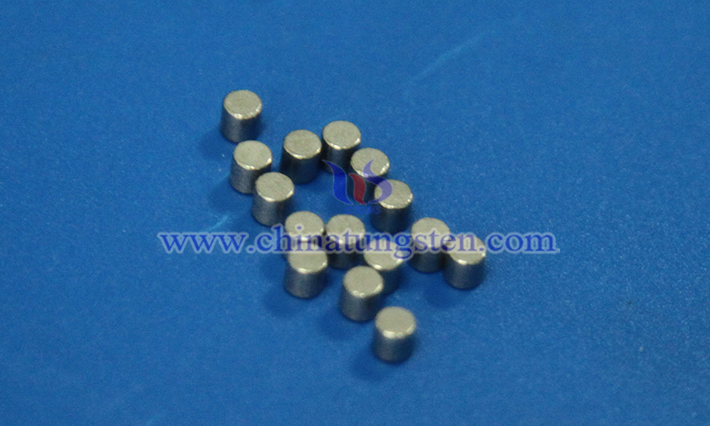
As a core material for vacuum electronic devices, barium tungsten electrodes occupy a pivotal position in the field of vacuum electronic technology by optimizing electron emission performance and operational stability. Their applications span a wide range of scenarios, including power conversion, industrial heating, and scientific research exploration, serving as crucial support for the efficient operation of modern electronic devices.



 sales@chinatungsten.com
sales@chinatungsten.com